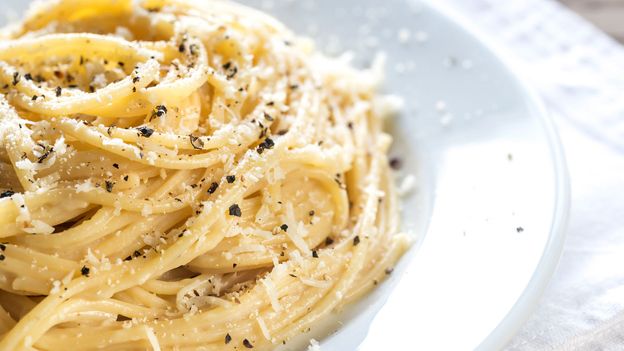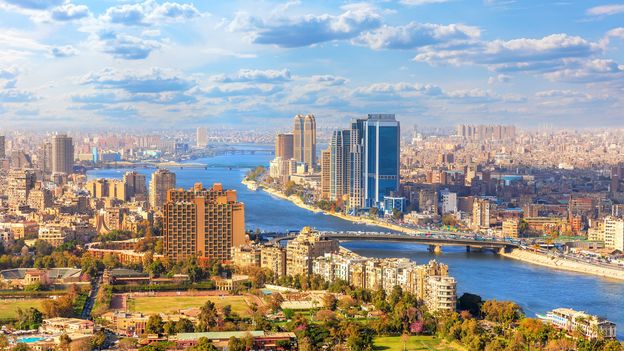As the city’s reconstruction gathered momentum, food stalls and other cheap eateries sprang up around town, selling issen yoshoku. Many of these street stalls were concentrated in the downtown Shintenchi area, where the Okonomimura complex now stands. They began adding whatever ingredients were available – such as cabbage, eggs, ramen or soba noodles and locally caught seafood – to make issen yoshoku a more substantial dish that could sustain the local people as they rebuilt their lives, and their city.
This new pick-and-mix approach to the ingredients is how the dish earned its more appropriate name: okonomiyaki, which means “whatever you like, grilled”. By the late 1950s, it had become popular among all social classes and age groups, a cherished symbol of the local people’s resilience and vitality.
According to Shizuka Kobara, public relations officer at Otafuku, the leading Hiroshima-based manufacturer of that sweet-smelling okonomiyaki sauce, “Hiroshima developed side-by-side with okonomiyaki; it took root in the citizens and became their favourite food since then. It’s literally soul food for Hiroshima people.”
If you’ve ever been to Hiroshima, you’ll have smelled okonomiyaki, even if you didn’t try it. You can scarcely walk more than a block without being greeted by the warm, welcoming aroma pouring out of doorways and windows, permeating the air with its happy sweetness. Just a whiff is enough to banish the blues. Our friend Yasuko even takes bottles of okonomiyaki sauce – which is a little like Worcestershire sauce, but sweeter and less salty – with her when she travels, to stave off homesickness.















